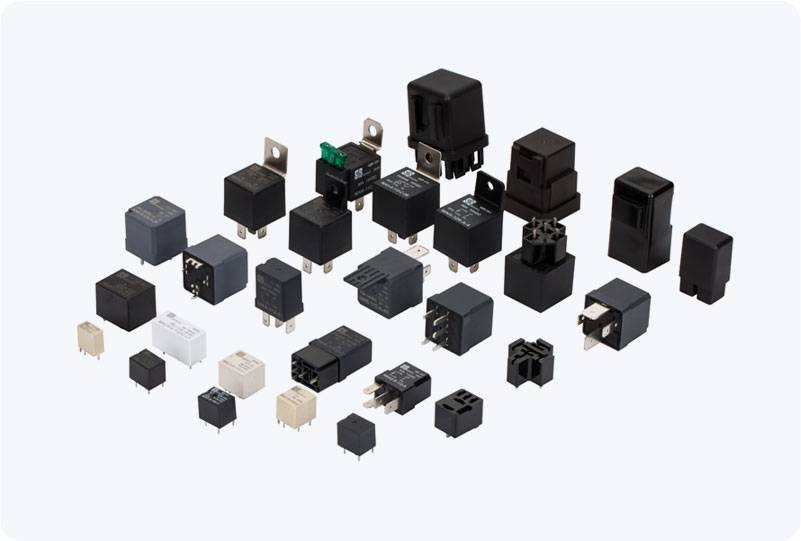The evolution of Internet of Things (IoT) technologies has revolutionized the way we interact with everyday devices. Among the many communication protocols that power IoT devices, Wi-Fi, Zigbee, Matter, and Relay devices are playing key roles in creating more reliable, scalable, and interconnected smart home environments. Each of these technologies has distinct strengths, and when integrated, they can enhance the performance and functionality of IoT systems. In this article, we will explore the unique features of Wi-Fi, Zigbee, Matter, and Relay, and how they can work together to create a more robust and efficient smart home network.

Wi-Fi: The Backbone of Smart Connectivity Wi-Fi is one of the most widely used wireless communication technologies for connecting devices to the internet. It offers high-speed data transfer and allows devices to seamlessly communicate over long distances, making it ideal for bandwidth-intensive applications like streaming, video calls, and file sharing. In smart homes, Wi-Fi is commonly used for devices such as security cameras, smart TVs, voice assistants, and routers that require a stable internet connection. However, while Wi-Fi offers high throughput, it does have limitations. Wi-Fi networks tend to consume more power and can struggle to maintain connectivity in large homes with multiple devices. Additionally, Wi-Fi coverage may be limited, requiring the use of additional equipment, like extenders or relays, to ensure optimal coverage.